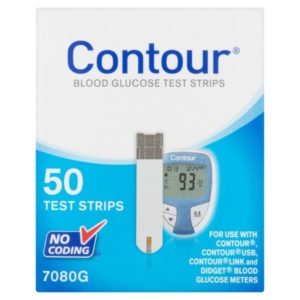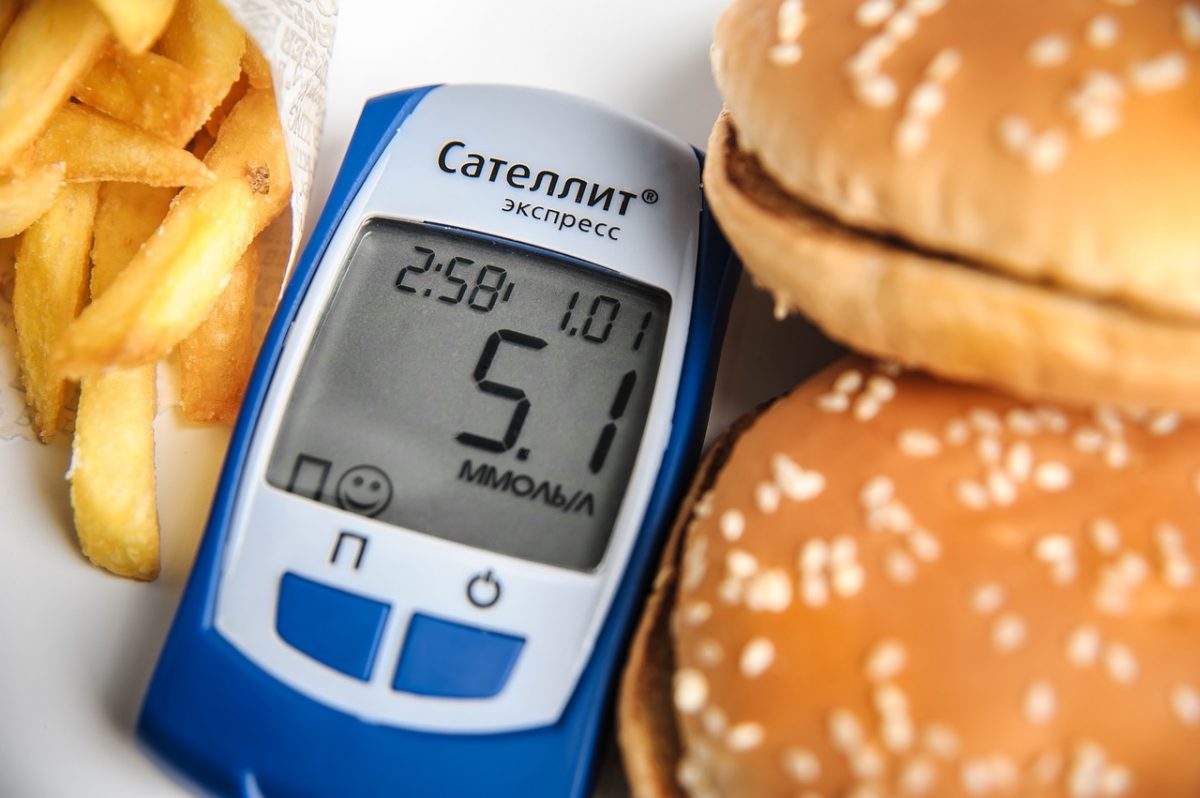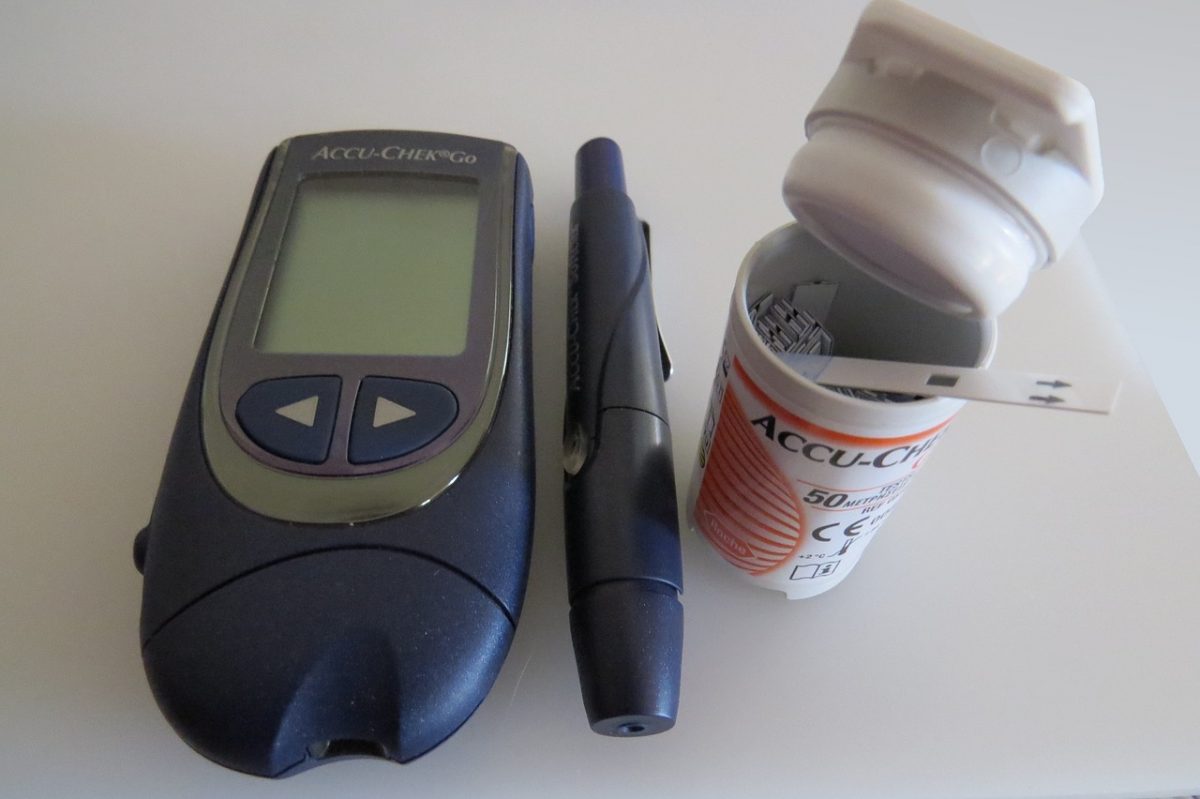Overeating – it’s a common problem in the U.S., as evidenced by the increasing number of people that are overweight. Overeating is the beginning of a spiral that leads to weight gain, which in turn can result in developing diabetes. People that carry excess weight in the abdominal area are at increased risk of receiving a diagnosis of diabetes.
Those that regularly overeat also increase their risk factors for a number of conditions that encompass heart disease, high cholesterol, high blood pressure, arthritis, and kidney disease. Many people overeat without even realizing they’re doing it. It’s a fallacy that only people that eat too many sweets develop diabetes. Anyone that overeats any kind of food increases their risk of developing diabetes.
When the body is bombarded by an overabundance of food, it affects the body in a variety of complex ways. Overeating causes weight gain that damages cells and their ability to utilize insulin to regulate glucose levels effectively. Too much glucose becomes trapped in the bloodstream. It becomes more difficult for the kidneys to filter waste from the body and leads to kidney damage.
For those that have already been diagnosed with diabetes, monitoring food intake and glucose levels are essential. It will dictate the amount of insulin that must be taken to counteract the effects of carbohydrates that are consumed, which in turn is converted to sugar within the body. Over time, cells continue to become less sensitive to insulin.
Overeating exacerbates diabetes, places strain on the joints, and significantly increases the potential for heart attack. Studies have shown that the risk of experiencing a heart attack increases four times within the two hours following consumption of a large meal.
A healthy diet is critical for managing weight gain and in preventing the potential for developing diabetes and heart disease. Overeating expands the stomach past its normal size, which can affect surrounding organs and makes the body work harder to perform its normal functions. Overeating also has short-term effects that include feelings of being sweaty, hot, dizzy, and it generates unwelcome bloating and flatulence.
If you would like to find out about earning cash for your unwanted, unused and boxed test strips, complete our online quote form today.
If you have extra, unopened and unused boxes of diabetic test strips – whether you have switched brands, no longer need to test or test less frequently, or have a loved one who has passed away – don’t let them gather dust until they’ve expired and end up in the trash. We’re the best place to sell diabetic test strips online, and if you want to sell your test strips, we’re here to make the process easy and enjoyable!
Visit us at Sell Your Test Strips and get your free quote today!
Like us on Facebook









